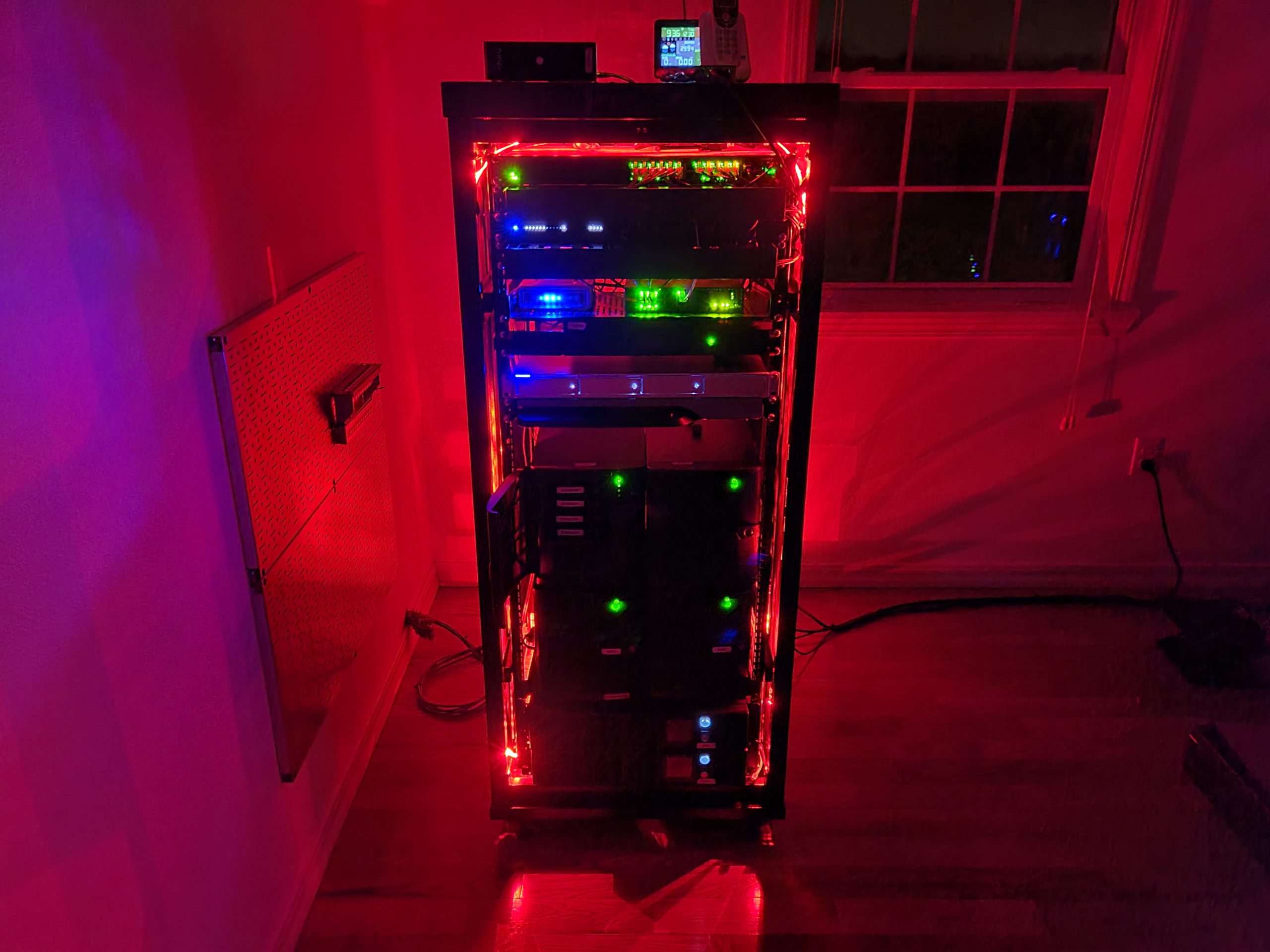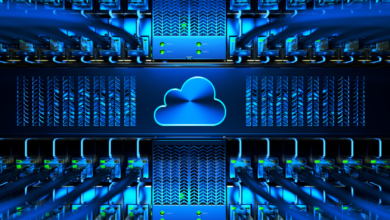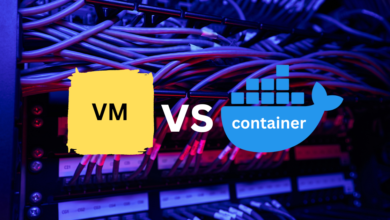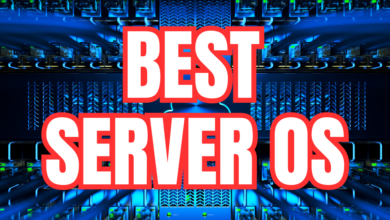Home Lab virtualization software I use
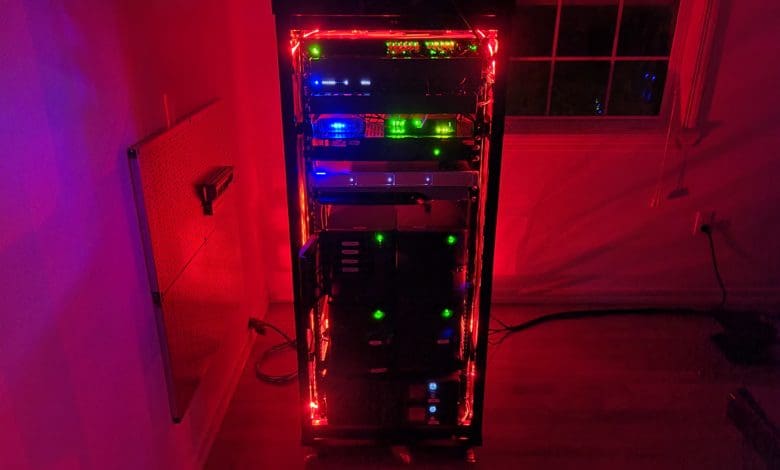
Those who have followed my site and Youtube channel know that I am passionate about home lab environments. It has gone a long way toward helping me to sharpen my skills with various platforms, solutions, proof-of-concept environments, and other purposes. I wanted to put together a few software applications that I am using in the home lab environment to give you guys an idea of what I am using in the lab environment that I find beneficial and use daily.
Why a home lab environment?
I know I have covered this in many previous articles and posts. However, it is good to have a refresher on things from time to time as thoughts and opinions can change, and the reasons for those decisions can also change.
The home lab environment, for me personally, has been one of the best investments made in learning. You can buy books and even buy into specific learning platforms with “lab environments” built in. But, I will tell you, nothing comes close to unboxing your own servers, cabling, setting up your networks, and troubleshooting why things don’t work. That experience is just something you can’t buy in a cloud SaaS learning environment.
Many may argue that things are going the way of the cloud. However, there will always be the need for someone to understand the full stack of what is going on behind the scenes. Also, the cloud is not a solution for every challenge you will see in the field. From what I have seen, the enterprise data center is still very much alive and well and will most likely continue for the next several years. There are just some workloads and apps that don’t make sense to run in the cloud.
Despite that, even if everything eventually moves to the cloud, having your own lab environment and running your own private cloud is one of the best learning experiences and allows playing around with many concepts and ideas that you can’t get your hands on anywhere else.
Home Lab virtualization software I use
Ok, on to the reason you most likely are reading this blog post – the home lab virtualization software I use. In the following list of virtualization software, including other software I use, I wanted to list out the apps, tools, and solutions that I have found useful and beneficial in the lab environment. As a note, these are in no particular order or ranked in any certain way. Let’s look at the following:
- Virtualization software (hypervisors) – I primarily run my virtual workloads and lab environment on top of VMware vSphere. In my honest opinion, vSphere is the top hypervisor on the market. The features, capabilities, and ecosystem of solutions built around vSphere have no match from my standpoint. However, do I use other hypervisors and like to learn about other hypervisors? Yes! That is part of the fun of a home lab. VMware vSphere makes a great platform to nest other hypervisors to run, build, play, and run nested workloads. What other hypervisors do I have running in the lab environment? These include: Hyper-V, Proxmox, XCP-NG, VMware Workstation, and VirtualBox.
- Monitoring – Monitoring is another area where I run quite a few solutions in the lab environment. For vSphere-specific alerting, I use vRealize Operations. For general alerting along with vSphere alerting (much overlap), I run a combination of monitoring platforms, including PRTG Network Monitor and NetCrunch. I think PRTG and NetCrunch are both great platforms, and you can use either and decide which one suites your needs best.
- Kubernetes and Containers – This is a wide and broad topic that has many answers, solutions, and applications that fit various use cases. I run many solutions, including VMware Tanzu, Tanzu Community Edition, Docker Desktop, Rancher, Rancher Desktop, Portainer, plain Docker, vanilla Kubernetes, K3s, and others.
- Network security and firewall applications – Again, this is a broad topic as well. I run many solutions in the home lab environment, including Palo Alto, Untangle, pfSense, and VMware NSX-T. Many of these I use for POC environments, playing around with networking and various traffic flows and trying to simulate and mock-up environments seen in the field. To be honest, I see things that each networking solution does really well, and I like things about a lot of the solutions on the market. There are business reasons for using one network solution over another. Also, for ad-blocking in the home network, like many, I run Pi-hole.
- VPN solutions – There are many VPN solutions that I like to use, including Global Protect from Palo, and plain OpenVPN connections. However, many other modern solutions I use in the home lab work great, like Twingate. Twingate and others have a really modern cloud-driven solution that is easy to deploy and use. I am also playing around with Tailscale and others.
- IAM and IdP solutions – Outside of Active Directory to run the internal network, I use a combination of Duo Security and OKTA.
- Out-of-band server management – Since I am an all-Supermicro shop, I am using the built-in Supermicro IPMI management. It is a licensed feature. However, it is relatively inexpensive.
- Network utilities and management – I use a whole group of network utilities and management applications in the home lab to help me interact with everything. The Remote Desktop Manager from Devolutions is a top-notch tool that allows creating and managing connections to all your machines, including RDP, SSH, telnet, VNC, TeamViewer, FTP, SFTP, and many others. GestioIP is a great IPAM solution that allows me to keep up with which IPs I have assigned to certain machines. it is great as it synchronizes with Active Directory DNS to pull the hostnames found on IPs, even if these are not live. This helps me when deploying new servers to know if there is an IP address I have earmarked for a specific purpose or hostname.
- DevOps and Configuration management tools – I have written many times about DevOps tools and methodologies, including Hashicorp Packer, Terraform, and Vault. I use CI/CD pipelines from the likes of GitLab and Jenkins. I have vRealize Automation and Salt running in the lab, and I also really like using Ansible for configuration management. I do use PDQ Inventory and Deploy in the lab as well.
Home lab hardware
If you want to check out the hardware I have running in the home lab, check out my YouTube video where I give a tour of the home lab for 2022 along with the new lighting added to the server rack:


